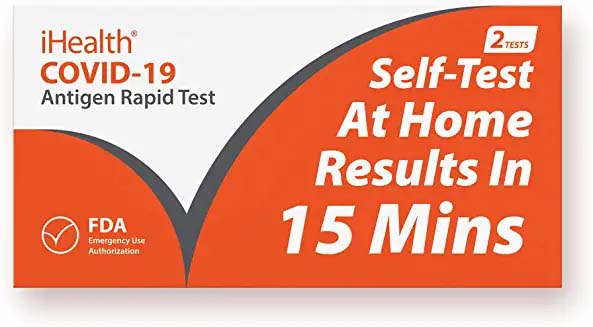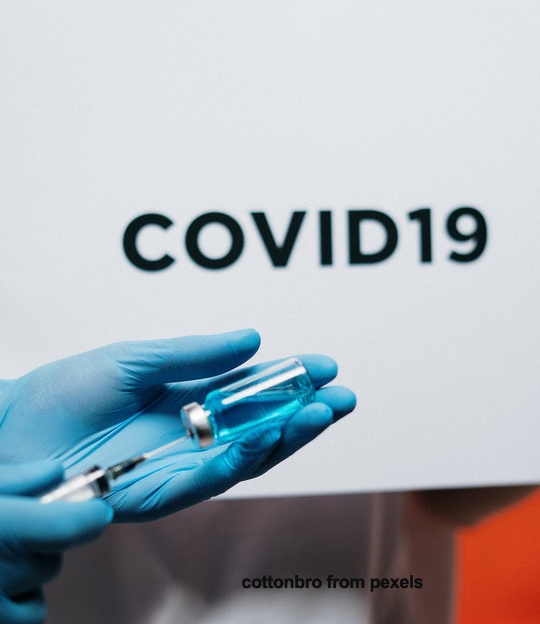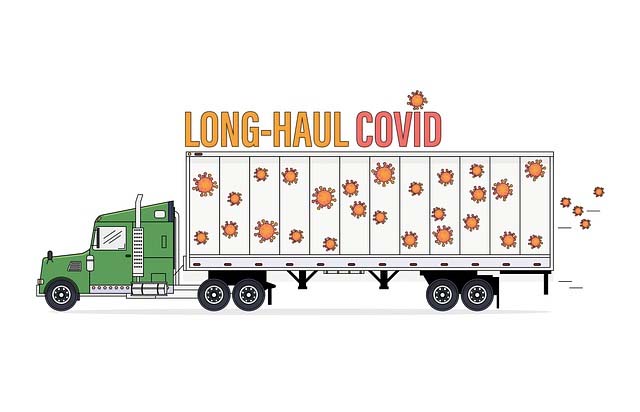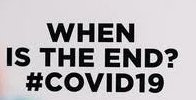May 11
End of COVID?
On May 11, 2023, the federal government will end COVID-19 as a public health emergency. The national emergency that began in early 2020 already ended on April 10, 2023.
The reason for this symbolic end to the public health pandemic emergency is that COVID is now under better control than it was a few years ago. Vaccines are available to help people from getting seriously ill as well as treatments that can help curtail COVID complications. There is also fast, convenient testing and there are high-quality masks available to keep the spread low.
WHAT WILL THE END OF
THE PUBLIC HEALTH
PANDEMIC EMERGENCY MEAN?
One immediate change the end of the public health pandemic emergency will mean is that some of us will find that we may either have to pay or cost share for things we have been getting for free under the emergency.
The type of insurance a person has will determine how much one has to pay. Unfortunately, it will most likely be the lowest income people and the uninsured who are going to face the greatest changes as a result of the end of the public health emergency on May 11.
MAJOR CHANGES TO EXPECT:
- Paying for COVID vaccines. The majority of people with private insurance will be covered for COVID vaccines and boosters, as well as those on Medicare and Medicaid. But once the federal supply of vaccines is depleted, those without health insurance will have to pay for their shots. That might happen within the next year or two. It is estimated the price for the Pfizer two-dose COVID vaccine could range from $110 to $130 per dose. The Moderna two-dose shots could cost up to $100 each.
- Paying for at-home COVID tests. For about a year, at-home COVID tests have been free for many Americans. These include certain Medicare beneficiaries and private health plans. After May 11, most people will have to start paying for some or all of these tests. For people with Medicaid, the coverage will vary by state, though tests ordered by a doctor will continue to be covered.
- Paying for oral antiviral treatments such as Paxlovid has been free for Americans since late 2021. Certain Medicare beneficiaries may still be covered at least until the federal supply is depleted. After that time, cost sharing may be required, depending on the individual’s insurance plan.
- Paying for EUAs (Emergency Use Authorizations) which include tests, devices, treatments or vaccines for emergency use. The FDA has stated that existing emergency use authorizations for products will remain in effect and the FDA may continue to issue new EUAs going forward if needed. Cost sharing, depending upon insurance and varying by state, may be indicated.
OTHER IMPORTANT CHANGES:
- Coverage that was waived during the pandemic for the 3-day hospitalization requirement that Medicare patients had to meet before continued care at a skilled nursing facility will no longer exist after May 11.
- Medicare Advantage plans were required to charge in-network prices for care provided at out-of-network facilities as part of the national emergency. Since the national emergency ended April 10, 2023, this is no longer the case.
- Those who have been covered by Medicaid for the last few years may soon be without coverage due to a continuous enrollment provision that ended on March 31. This was a benefit during the pandemic which barred states from removing people from Medicaid. People with Medicaid who get disenrolled will have to look for another option and prepare for any extra costs. Some of these people may be eligible for Medicare. There will also be a temporary special enrollment period for plans on HealthCare.gov.
- Expanded telehealth is a change brought on by the pandemic that will most likely stay in place. New legislation has extended telehealth benefits for Medicare beneficiaries through 2024. Most states have adopted telehealth expansions for Medicaid as well.
BEWARE!
THE END OF
THE PANDEMIC PUBLIC HEALTH EMERGENCY
DOES NOT MEAN THE END OF COVID!
Even though cases, deaths, and hospitalizations have dropped considerably since the peak of the omicron surge last winter, Americans are still continuing to die each week. The truth is that the virus doesn’t care whether or not there is a public health emergency declaration. It is still important to stay up to date on vaccines, pay attention to symptoms, and test yourself if you are going to be around vulnerable people.
LATEST COVID THREATS:
THE XBB OMICRON SUBVARIANTS
For quite some time now, Omicron subvariants BA.4 and BA.5 have been the most common COVID-19 variants in the U.S. The newest family of Omicron subvariants is called XBB or ‘Gryphon.
The ‘Kraken’ or XBB.1.5 is the most transmissible COVID variant yet, though it does not seem to cause more severe disease as was first thought. However, in India, another very similar variant, XBB.1.16 or ‘Arcturus,’ reared its ugly head in March of 2023 and is the next variant to watch.
XBB, first detected in August of 2022 in England, has proven able to evade immunity for people who have had a COVID-19 infection or for those who have received a vaccine. In fact, these new strains of Omicron are the most antibody-evasive strain tested.
A past COVID infection and the vaccines will not have the same level of protection against XBB as they have had with previous strains of COVID. Antibody drugs may also not be very effective. However, the bivalent booster will still likely be protective against severe disease. Paxlovid should afford some protection as well.
The symptoms of the XBB variants seem to be pretty much like COVID in general. One newer symptom noticed in some infected children is conjunctivitis, or red and itchy eyes, a symptom not found with previous COVID infections. However, the loss of the sense of smell and/or taste is now an uncommon symptom.
How these and future variants will affect disease transmission and serious illness, hospitalization, and deaths in the future in the U.S. is yet unknown. There is not enough data available and there are no lab studies completed concerning disease severity, so it may be too early to tell.
WHAT SHOULD WE DO NOW WITHOUT THE PANDEMIC HELP FROM THE GOVERNMENT?
It is important not to panic and succumb to fear about COVID-19 and its variants but to stay vigilant. Even though we are all tired of COVID and restrictions, the messages are the same today as they was earlier. If sick, isolate. Test. Avoid large crowds, especially if elderly or immunosuppressed. Wear masks where necessary. Get boosters when available. Follow hand hygiene. Social distance when possible.
Continue to empower yourself with the current scientific data and take recommended necessary precautions depending on your own personal health situation and those of your family members and friends.
"The Cleanest Clean You've Ever Seen."
by
ABC Oriental Rug & Carpet Cleaning Co.
130 Cecil Malone Drive Ithaca, NY 14850
607-272-1566






